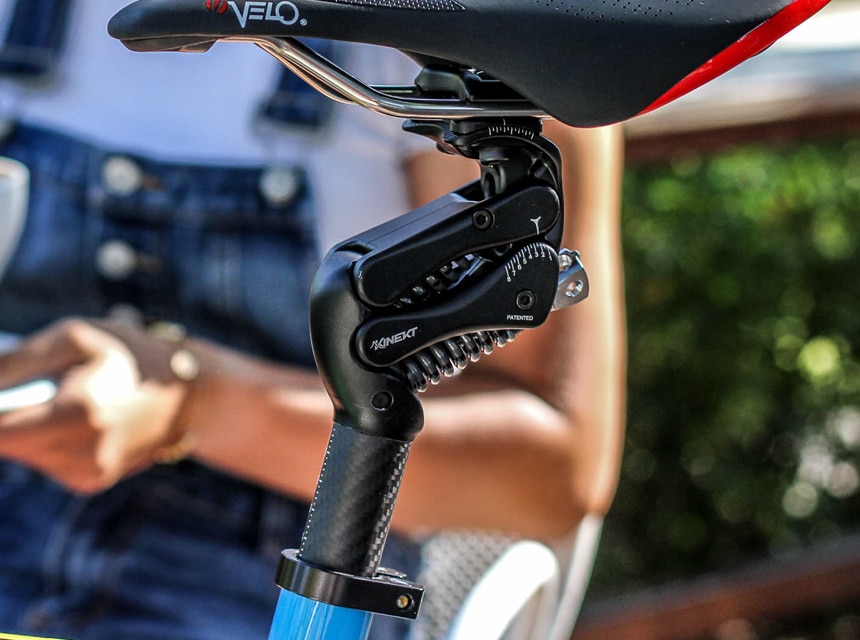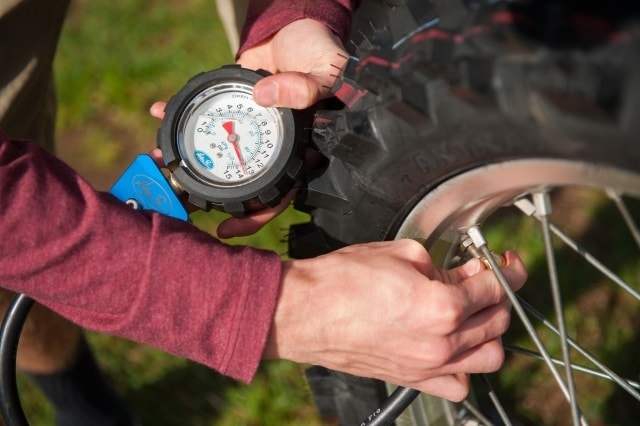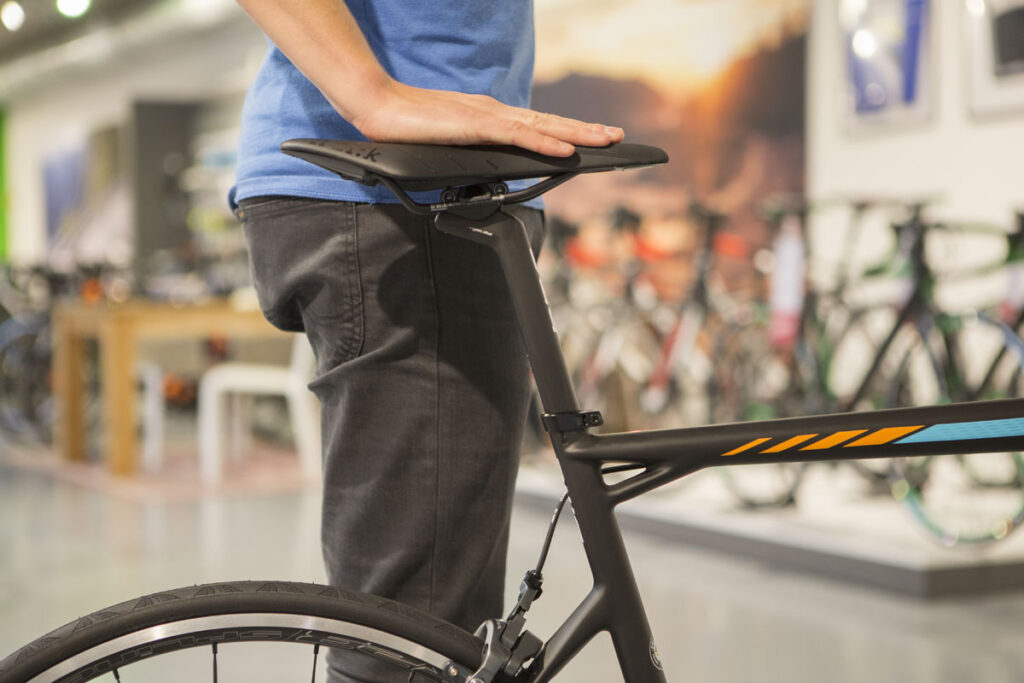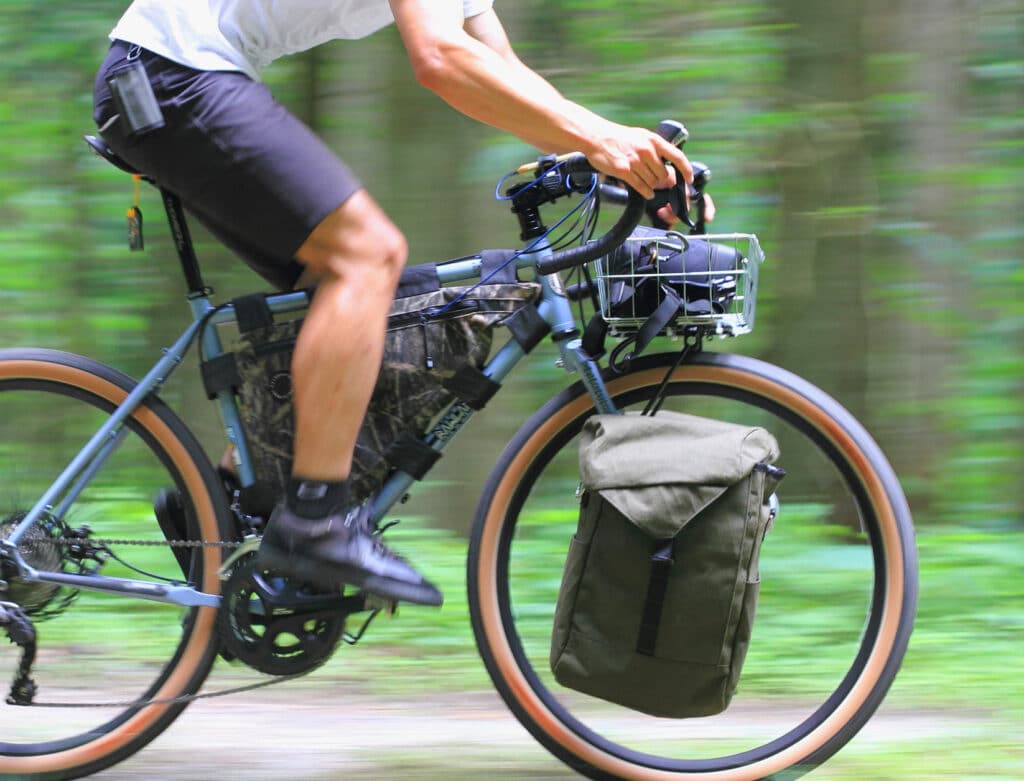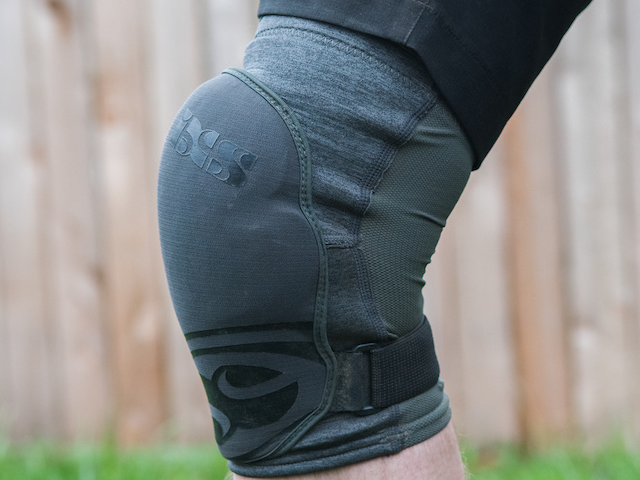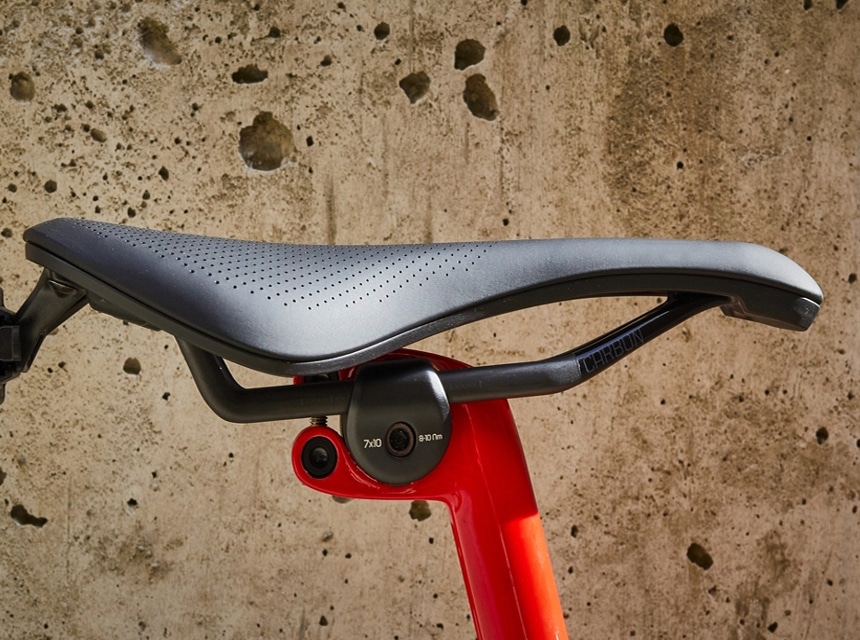- Trails
-
Bikes
-
Gear
-
Tips & Tricks
-
About us


The gears of a bike are the parts of the drivetrain that convert the energy put in by the cyclists to output. The main job of the gearing system on your bike is to give you the best results for the energy you put into riding.
Understanding how to use bike gears is essential for your biking experience. Follow this quick guide and build your knowledge of bike drivetrains and the gear system.
Before we touch on how to use gears on a bike for beginners, we have to discuss what a bike drivetrain is and what it consists of. So, what exactly is it? A bike drivetrain is all the bicycle parts used to get the bike to move.
The crankset, or known as the chainset, is part of the bike that’s responsible for moving the bike. It is the bike’s part that connects the pedals to various other vital components like the sprockets. Without the crankset, it’ll be almost impossible for your bikes to move forward. If your bike’s crankset has been faulty and it is impossible to fix, you may want to change the bike. If you’re interested in that and need help picking out a good one, take time out to look at our list of the best road bikes under $500.
Another essential part of the bike’s drivetrain is the cassette. It is usually located at the back of the bike, and it is a bunch of cogs on the right side of your bike. Suppose you’re in search of a quality cassette system that will last well and also improve the performance of your bike. You should consider the Hycline Shimano 7/8 Speed Bike Cassette CS-HG200 Bike Sprocket as it’s a good option.
The chains are very vital in the entire setup of bikes as they connect the entire system. Without the chain, your bike won’t be able to function at all. The chains connect the rear cogs and the chainrings, enabling your pedals to turn when you turn the wheels. It is important to note that the total number of teeth on the chainring and cog are combined to determine whether pedaling will be convenient or complicated.
Another essential feature of the drivetrain is the derailleurs Trusted Source How does a rear derailleur work A complete guide to what’s going on at the rear end of your bike. www.cyclingnews.com . The derailleurs are the bike parts that manually guide the chain from one cog to another and the chainring to the chainring when you successfully shift gears. You can find derailleurs located at the rear of most bikes, and there are only a few located at the front.
The shifters are seen as the mechanisms that control the operation of the derailleurs. Shifters use cables to run their operation, but particular types, like electronic shifters, use circuits.
Without shifters, derailleurs will have issues, and if you have damaged shifters, you should look at replacing them instantly before it leads to further problems. If you’re looking for a change, the MEGHNA Bicycle 18 Speed Shifter is a perfect option for you, and it is also very affordable.
You’ll not know how to use the gears on a bike without understanding what gears are, how they work, and the different types. Like other handy functions such as braking, knowing how to shift your gears is a fundamental and essential function that your bike can perform.
Knowing how to use the bike gears will not only make your ride faster, but you’ll also be able to ride comfortably and for longer. There are different gears on the bike, and they all determine the total performance.
The low gear on your bike is the tiniest chain ring based in front of the biggest cog on your rear gears. When you’re pedaling in this position, riding is much easier, and going up hills and mountains is way more straightforward as there is barely any resistance.
People who ride through mountains and hilly areas use low gear to aid their journey. In case you’re wondering how to use gears on a mountain bike, the best option is to always switch to low gears. Getting in a position where you can quickly go uphill is called downshifting. But it shouldn’t be done with bikes in good condition. You can use one of the best mountain bikes when you want to downshift.
Unlike the low gear, the high gear is the biggest chain ring placed in front of the least significant cog on the rear gears. When placed in this position, pedaling becomes more demanding, but you can go faster when traveling down a hill. Contrary to the low gear, getting to a position where you can go downhill is called up-shifting. This gear type is perfect for descending.
To know whether your drive train is one-by, two-by, or three-by, you have to know the total number of chainrings that are on your bike. This is a new trend that came out, and it aims to make the same amount of gears but with the use of fewer chainrings. Doing this leads to the usage of a bigger cassette that has more teeth and cogs on the biggest cog in the cassette, and this is because the prescribe of fewer chainrings makes the bike system lighter, easier to adjust, and also more efficient.
The speed of your bike is something that everyone wants to know when learning about gears.
It can be said to be the total number of gears available on your bike, and it can be found by multiplying the cogs in the cassette system by the chainrings on your bicycle. For example, if your bike has 3 chain rings and 5 cogs, it is a 15-speed bike.
It’s essential to know the correct speeds to use for high-end bikes like mountain bikes Trusted Source Mountain Bike Explained Mountain biking (or MTB) is a sport where riders can explore trails off-road, using specifically designed mountain bikes. This allows riders to traverse through very rough terrain. www.ridenation.com.au . When learning how to use gears on a mountain bike, you should always be wary of the speed you’re going. Faster isn’t always better, and going at top speed in hill areas is dangerous.
But if you’re someone that rides through smooth surfaces and needs to go as fast as possible, you should check out the compilation of the best gravel bikes under $1000. Some wheels can be used to get your fastest speeds.
Now that you have understood what gears are and the different types, the next thing to understand is how to use the gears on the bike and shift between them. There are shifters for the different types of bikes, and they all look different.
For road bikes, the shifters make use of the same levers that are used to apply brakes. If you want to operate the shifter, press the lever to a sideways angle until you hear a clicking noise. If you’re wondering how to use mountain bike gears, it works differently from road bikes. You shift your gears by using set paddles, and they can be operated using your thumbs.
One thing that you should know is that your shifters are connected to one of the stored cables, and when you click the gears, the cable gets tighter, also loosening and, at the same time, putting pressure on the derailleur. Different levers guide how gears work, and here are some of the following.
The shifter on the left-hand side of your bicycle’s handlebar is the type that controls the front derailleur and changes the chainrings from the front side. It is done by maneuvering the chains around the chainrings. Using this often causes a big jump in gears when there are sudden changes in terrain.
This is the opposite of the left shifter, used on the right-hand side of the bike’s handlebars. It is the type of shifter used to control the back derailleur, and it is done by navigating the chains up around the cassette. The right shifters are mainly used to make little adjustments to your bike’s gears when there’s a change in terrain.
There are two different levers on a gear system, and the big lever is the most significant one, and it is used to adjust the chain into more oversized rings. For big levers, it should be known that shifting into the more oversized rings with your right hand will make pedaling simpler, and at the same time, using your left hand will make pedaling more difficult.
The small lever is the smaller lever out of the two, and it is used to move chains into the smaller rings. Shifting a smaller lever with your right hand will make pedaling harder, while shifting to a smaller gear with your left-hand makes pedaling more convenient.
Cross-chaining is defined as the moment when the chains of the bikes are running through the drivetrain center. Cross-chaining comes in two different gear combinations, the big-big, and the small-small.
Big-big: This is the gear combination between the biggest cog in the cassette system and the most significant chain ring.
Small-small: this is the other gear combination between the tiniest cog from the cassette and the least significant chain ring.
In both these positions, if the chain is stretched out, it can cause significant damage to the drivetrain and lead to spoiling. Also, it should be noted that you should remain attentive as the chain can fall out, and this will lead to significant damage to the derailleur.
One thing that should always be at the back of your mind is that there are no perfect gears or shifts, but there are ways to get the best out of your gears for maximum performance.
The most common way to use your gears efficiently is by always retaining a consistent speed when your pedals rotate fully. This may seem hard initially, but after a while, you become most accustomed to it. If you’re looking at doing that, you will need to focus on two things, shifting and how to increase your power input.
Shifting constantly will enable you to use your bike heads more efficiently, and you can increase your power output through constant practice. Instead of overworking your gears, you should apply more power when stroking your pedals before shifting again. If there is reduced pressure on your bike’s chain, the derailleurs will find it easier to change your chain from the bigger ring to a smaller one.
Here are some tips for keeping your gears in top-notch shape always
The gears of your bikes are one of the most valuable aspects of bikes, and if you follow this article attentively, you should properly understand how to use bike gears and maximize the performance of your bike. Maintaining your gears is always essential to avoid damage because drivetrains can be expensive, so it’s better to avoid any damage to your gears by taking care of them.
